Introduction: How to Develop a Poker Bluffing Strategy
Poker is a game of strategy and skill. One of the most important skills a player can have is the ability to bluff effectively. Bluffing is the act of making other players believe you have a stronger hand than you actually do. This can be a powerful tool in poker, as it can help you win pots you might not otherwise win.
Bluffing can be an effective strategy, but it is important to use it judiciously. If you bluff too often, other players will catch on and start calling your bluffs. On the other hand, if you never bluff, other players will catch on to that as well and start calling your bets when you have a strong hand.
What is Poker Bluffing?
Poker bluffing is a technique used by players to deceive their opponents into thinking they have a better hand than they actually do. The goal of bluffing is to get other players to fold their hands, thus winning the pot without having to show your cards.
Bluffing can be done in a number of ways, including making a large bet or raise, acting confidently, or even pretending to be nervous. The key to successful bluffing is to read your opponents and their betting patterns, and to choose your spots carefully.
In this article, we will discuss how to develop a poker bluffing strategy that works for you. We will cover the basics of bluffing, when to bluff, and how to read your opponents to determine when they are bluffing.
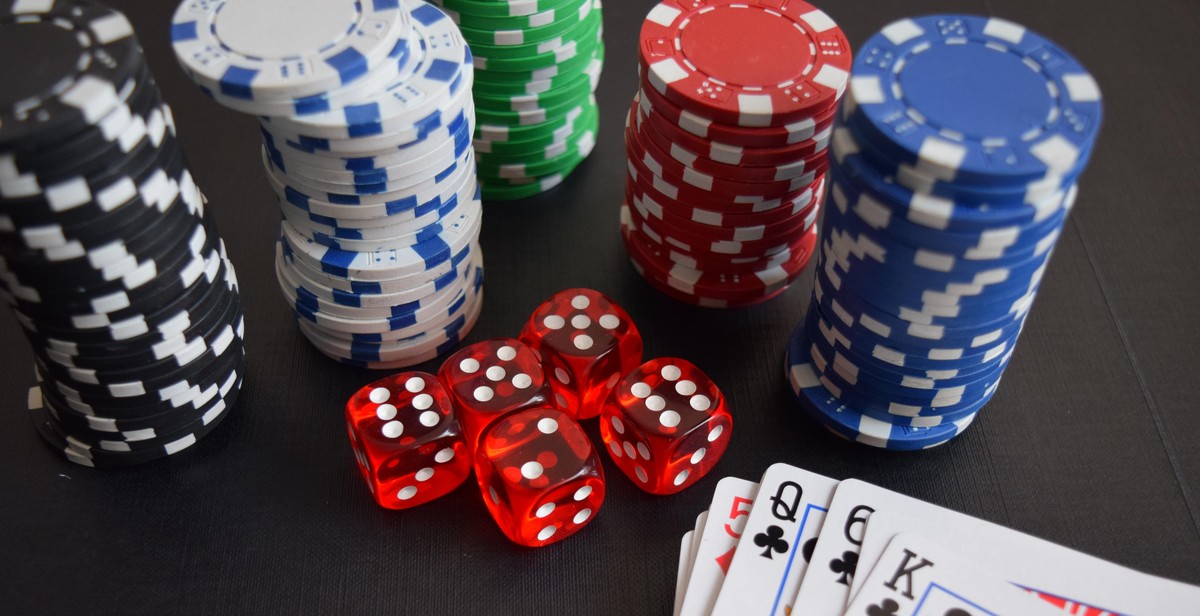
Why Bluffing is Important in Poker
Bluffing is an essential part of poker gameplay. It is a strategy used to deceive opponents into thinking that a player has a better hand than they actually have. Bluffing can help players gain an advantage over opponents in several ways:
Gain an Advantage over Opponents
Bluffing can give a player an advantage over opponents by making them unsure of the strength of their own hand. If a player can convince their opponents that they have a stronger hand, they may be able to force them to fold, even if the opponent has a better hand. This can give the player an edge in the game and help them to win more hands.
Force Opponents to Fold
One of the primary reasons why bluffing is important in poker is that it can force opponents to fold. If a player can successfully bluff their opponents into thinking that they have a stronger hand, the opponents may fold, even if they have a better hand. This can help the bluffer to win the pot, even if they do not have the best hand.
Increase Pot Size
Bluffing can also be used to increase the size of the pot. If a player can successfully bluff their opponents into thinking that they have a strong hand, the opponents may be more likely to call, which can increase the size of the pot. This can be particularly useful in games with a large pot limit, as it can help to increase the amount of money that a player can win.
Overall, bluffing is an important strategy in poker that can help players gain an advantage over opponents, force opponents to fold, and increase the pot size. However, it is important to use this strategy carefully and selectively, as overuse of bluffing can lead to losses and damage to a player’s reputation at the table.
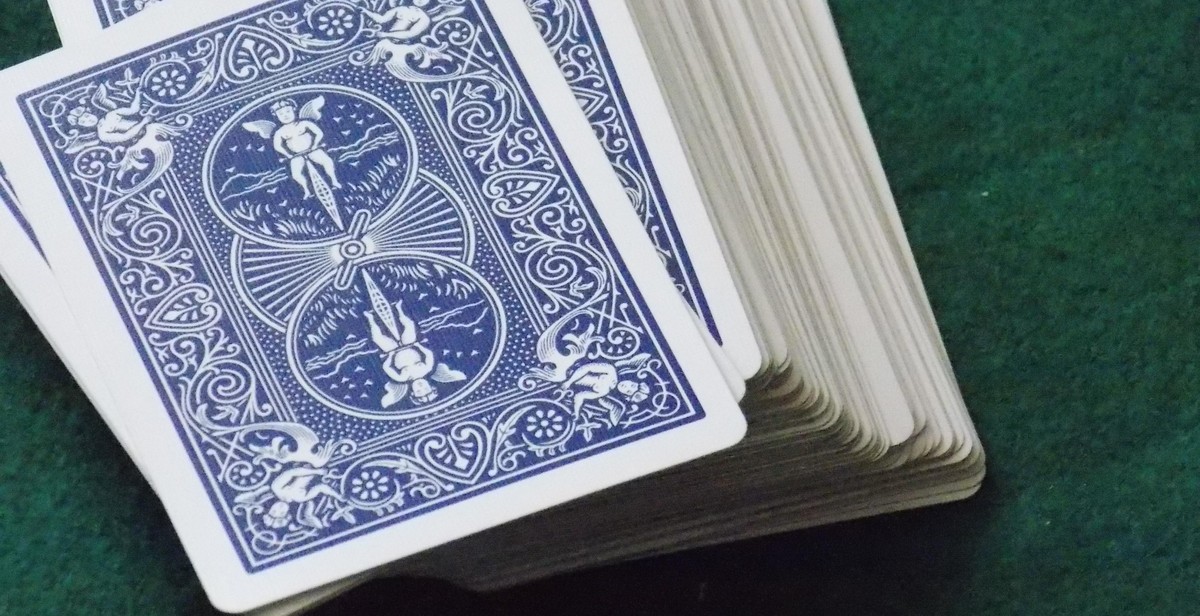
Factors to Consider when Developing a Bluffing Strategy
Bluffing is an essential skill in poker, and to be successful, you need to develop a solid bluffing strategy. However, before you start bluffing, there are several factors you need to consider:
Table Image
Your table image is how your opponents perceive you. If you’ve been playing tight and conservative, your opponents are more likely to believe you when you make a big bet. Conversely, if you’ve been bluffing frequently, your opponents are less likely to believe you when you make a big bet. Therefore, it’s important to consider your table image when deciding when and how to bluff.
Opponents
You need to consider your opponents’ playing styles and tendencies. If your opponents are tight and conservative, they are less likely to call your bluff. On the other hand, if your opponents are loose and aggressive, they are more likely to call your bluff. Therefore, it’s important to consider your opponents’ playing styles and tendencies when deciding when and how to bluff.
Position
Your position at the table is also an important factor to consider. If you’re in early position, you have less information about your opponents’ hands and are more likely to be called if you bluff. Conversely, if you’re in late position, you have more information about your opponents’ hands and are less likely to be called if you bluff. Therefore, it’s important to consider your position when deciding when and how to bluff.
Stack Size
Your stack size is another important factor to consider. If you have a small stack, you may be forced to bluff more frequently to stay in the game. Conversely, if you have a large stack, you may be able to bluff less frequently and wait for better opportunities. Therefore, it’s important to consider your stack size when deciding when and how to bluff.
| Factor | Description |
|---|---|
| Table Image | Your opponents’ perception of you based on your playing style. |
| Opponents | Your opponents’ playing styles and tendencies. |
| Position | Your position at the table and the information you have about your opponents’ hands. |
| Stack Size | The size of your stack and how it affects your bluffing strategy. |

Types of Bluffs
Bluffing is a crucial aspect of poker that every player must master to become a successful player. Bluffing is a strategy that involves making your opponents believe that you have a better hand than you actually do. There are different types of bluffs that players can use in poker, and each type has its own unique characteristics.
Semi-Bluff
A semi-bluff is a type of bluff that involves betting or raising with a hand that is not yet the best hand but has the potential to improve. This type of bluff is usually used when a player has a drawing hand, such as a flush draw or a straight draw. By making a semi-bluff, a player can win the pot in two ways: either by making the best hand or by forcing their opponents to fold.
Pure Bluff
A pure bluff is a type of bluff that involves betting or raising with a hand that has no chance of winning the pot. This type of bluff is usually used when a player has a weak hand and wants to make their opponents fold stronger hands. A pure bluff requires a lot of courage and a good read on your opponents.
Steal Bluff
A steal bluff is a type of bluff that involves making a bet or raise when you are in a late position and your opponents have shown weakness. This type of bluff is usually used to steal the blinds or antes when your opponents have weak hands and are likely to fold. A steal bluff requires a good understanding of your opponents’ tendencies and the ability to read their hands.
| Type of Bluff | When to Use | Risk Level | Reward Level |
|---|---|---|---|
| Semi-bluff | When you have a drawing hand | Medium | High |
| Pure bluff | When you have a weak hand | High | High |
| Steal bluff | When your opponents have shown weakness | Low | Medium |
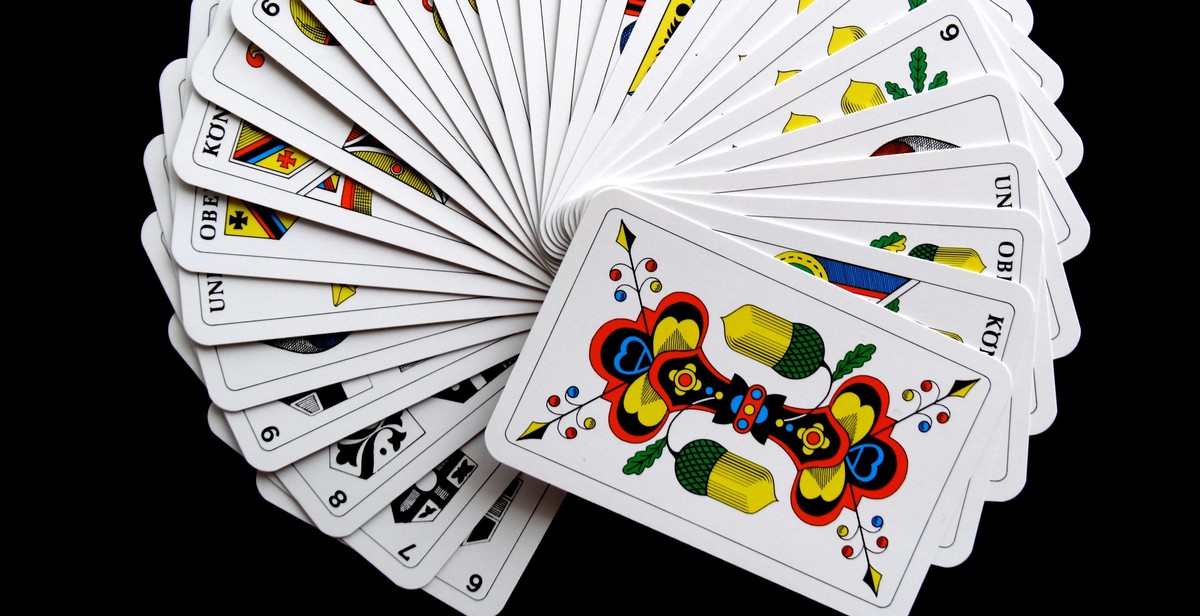
How to Execute a Bluff
Bluffing is an essential part of poker, and executing it successfully requires careful planning and execution. Here are some tips to help you execute a successful bluff:
Choose the Right Moment
Timing is everything when it comes to bluffing. You need to choose the right moment to make your move. The best time to bluff is when you have a tight table image, and your opponents think you only play premium hands. Bluffing when you have a loose table image is risky because your opponents are more likely to call you out.
Act Confidently
The key to bluffing is to act confidently, even if you’re not. If you act nervous or unsure, your opponents are more likely to call your bluff. Make sure you maintain eye contact and try to keep a straight face. Your body language can give away your hand, so be aware of how you’re presenting yourself.
Read Opponents’ Reactions
One of the most crucial aspects of executing a successful bluff is reading your opponents’ reactions. Pay attention to how they’re acting and what they’re saying. If someone seems hesitant or unsure, it could be a sign that they’re unsure of their hand. If someone seems overly confident, it could be a sign that they have a strong hand and are trying to bait you into betting more.
By choosing the right moment, acting confidently, and reading your opponents’ reactions, you can execute a successful bluff and take down the pot.
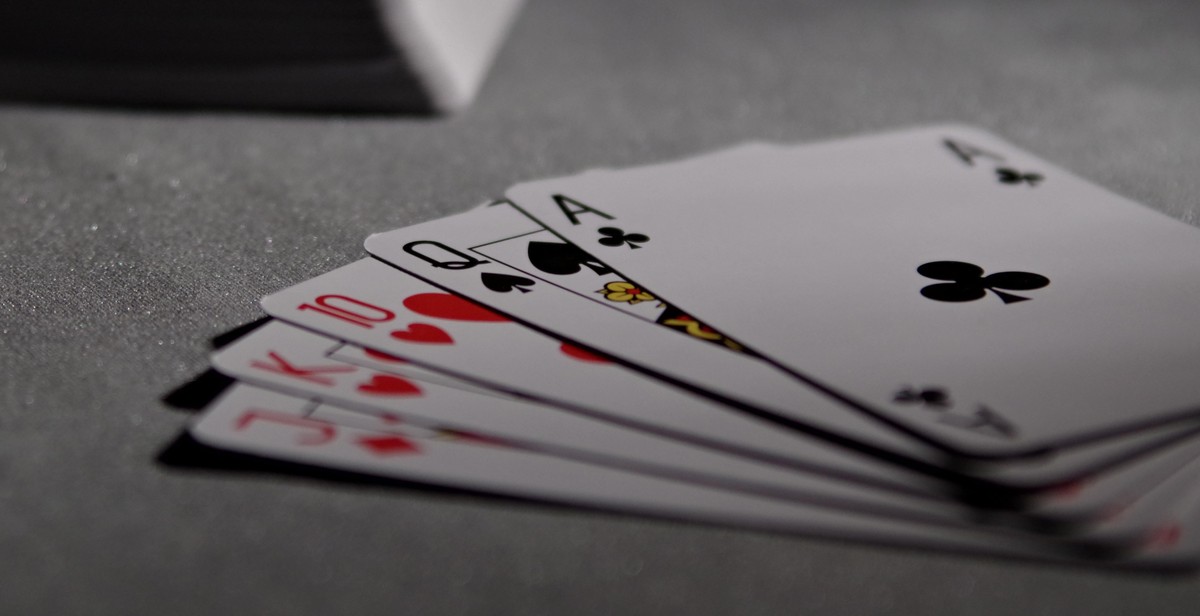
Bluffing Dos and Don’ts
Dos
- Do choose the right moment: Timing is everything when it comes to bluffing. Choose a moment when your opponents are likely to believe you have a strong hand, such as when the board shows a high pair.
- Do pay attention to your opponents: Watch your opponents closely to see if they give away any tells. If they seem nervous or uncertain, it may be a good time to bluff.
- Do vary your bluffs: Don’t always use the same bluffing strategy. Mix things up to keep your opponents guessing.
- Do be aware of your image: Your bluffing strategy should be consistent with the image you have created at the table. If you have been playing conservatively, a sudden aggressive move may not be convincing.
- Do have a backup plan: Have a plan in place in case your bluff is called. This could include having a strong hand to fall back on or knowing when to fold.
Don’ts
- Don’t bluff too often: Bluffing too frequently will make you predictable and easy to read.
- Don’t bluff weak players: Bluffing is most effective against skilled players who are capable of folding. Weak players are more likely to call your bluff.
- Don’t bluff with a weak hand: Your bluff is more likely to be successful if you have a strong hand to back it up.
- Don’t be too obvious: Your bluff should be subtle and believable. If your opponents can easily see through it, it won’t be effective.
- Don’t get emotional: Bluffing requires a cool head and a clear mind. Don’t let your emotions get the best of you.
| Note: | Bluffing should be used sparingly and strategically. A successful bluff can be a powerful tool, but overusing it can lead to disaster. |
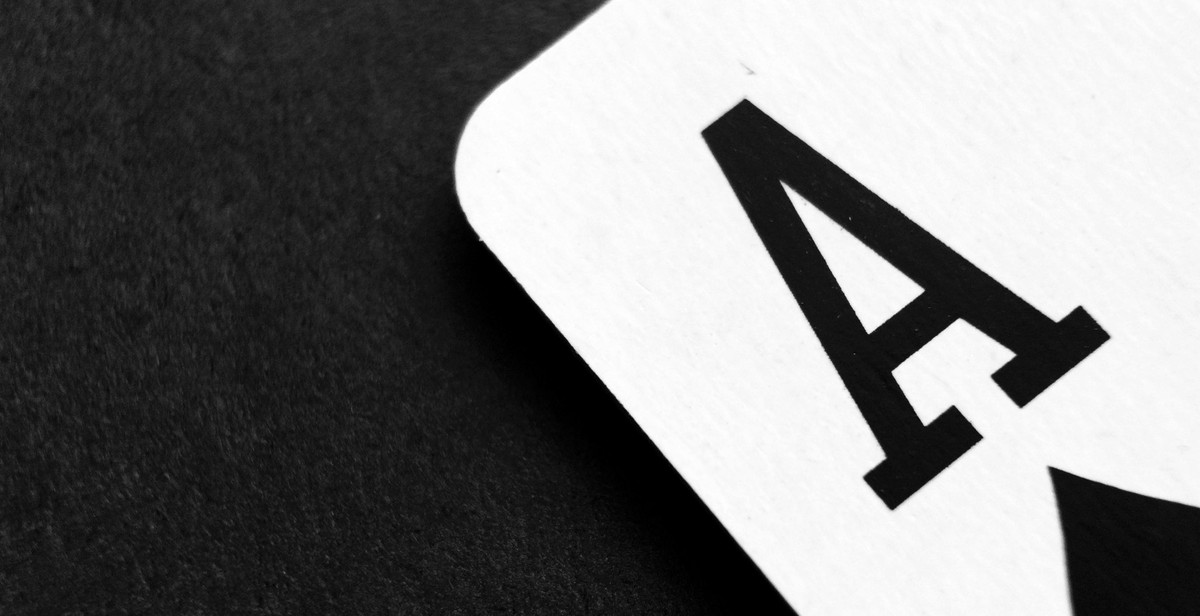
Conclusion
Developing a poker bluffing strategy is not an easy task. It requires a lot of practice, patience, and dedication. However, with the right approach and mindset, it is possible to become a successful bluffer.
Key takeaways
- Bluffing is an essential part of poker, and every player should learn how to do it
- Bluffing involves understanding your opponents’ tendencies and exploiting them
- Bluffing should be done selectively and in the right situations
- Bluffing requires a strong poker face and the ability to read your opponents’ reactions
- Bluffing should be backed up by a solid poker strategy
Final thoughts
Developing a poker bluffing strategy is a never-ending journey. As you gain more experience, you will learn new tricks and techniques that will help you become a better bluffer. However, the most important thing is to stay disciplined and patient. Don’t rush into bluffing situations just because you feel like it. Instead, wait for the right moment and execute your bluff with confidence. Remember, bluffing is not about fooling your opponents; it’s about making them doubt their own hand. So, keep practicing and have fun at the poker table!
